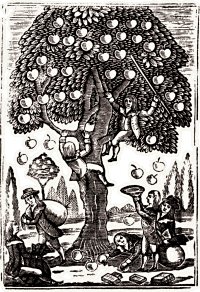 Richard Townsend arrived in North America with the first group of Quaker colonizers to Pennsylvania. According to one Bucks County legend, when the local Lenni Lenape Indians found him setting out fruit trees in his private orchard, they told him about a giant apple tree that grew not far from his new homestead. Curious, Townsend asked his Indian neighbors to lead him to the site, and was surprised to find ““an apple tree in an Indian clearing, vastly larger than any seen in England, heavily loaded with larger and better apples than he had ever seen before.” Perhaps the tree, which appeared to be an Old World variety, had been planted intentionally or otherwise by Native Americans who had acquired apples from Dutch settlers in New Amsterdam. Townsend asked the Indians to sell him the land on which the mysterious tree stood. The Indians agreed to sell him the land on the condition that the tree remain available “for the free use of all who wanted apples,” a condition Townsend accepted. According to this legend, the tree survived until 1792, 107 years after Townshend first encountered it.
Richard Townsend arrived in North America with the first group of Quaker colonizers to Pennsylvania. According to one Bucks County legend, when the local Lenni Lenape Indians found him setting out fruit trees in his private orchard, they told him about a giant apple tree that grew not far from his new homestead. Curious, Townsend asked his Indian neighbors to lead him to the site, and was surprised to find ““an apple tree in an Indian clearing, vastly larger than any seen in England, heavily loaded with larger and better apples than he had ever seen before.” Perhaps the tree, which appeared to be an Old World variety, had been planted intentionally or otherwise by Native Americans who had acquired apples from Dutch settlers in New Amsterdam. Townsend asked the Indians to sell him the land on which the mysterious tree stood. The Indians agreed to sell him the land on the condition that the tree remain available “for the free use of all who wanted apples,” a condition Townsend accepted. According to this legend, the tree survived until 1792, 107 years after Townshend first encountered it.
The story highlights a fundamental difference in the way Native Americans and Europeans viewed perennial fruit trees. For the Lenni Lenape, fruit hanging from a branch could not be “owned” by an individual, nor could an individual claim private ownership of the tree from which it grew. Ownership came with the act of harvesting. As Europeans remade the North American landscape, they also rewrote the rules of property which applied to that landscape, and the radical idea of “public fruit” essentially disappeared.
In recent years, the radical idea of public fruit has gained new currency, and in cities
across America, volunteer organizations like The Philadelphia Orchard Project, the Boston Tree Party, the Portland Fruit Tree Project and Seattle’s City Fruit have been planting urban orchards or taking on the responsibility of caring for and harvesting fruit from already existing urban trees. The public fruit movement achieved another milestone recently when the Los Angeles based collective, Fallen Fruit, which has been producing maps of publicly accessible fruit for years, opened the city’s first public fruit garden.
Janet Owen Driggs makes the case that Los Angeles’ new public fruit park is radical, in part because it reverses laws in place in cities across the nation through much of 20th century which actively banned fruit-bearing trees on pubic land. Driggs explains that “the legal basis for the prohibition lies instead with the doctrine of attractive nuisance: a tort in common law by which a landowner may be liable for injuries inflicted on an ‘infant trespasser’ by an object or condition appealing to a child, when the landowner could reasonably foresee the potential danger. Examples include: an unfenced swimming pool, a cute-looking dog with a propensity to bite, and, apparently, a fruit-laden tree.”
The fruit tree prohibition that descended upon American cities in the 20th century may have found justification in the legal idea of “attractive nuisance,” but it also reflected other concerns. Many urban planners privileged sterile or male trees for urban spaces because they did not produce “fruit litter,” and public fruit trees also sparked the general American anxiety about shared resources. Who would care for the trees? Who had “rights” to harvest them? How much fruit could one harvester legitimately take? Fallen Fruit’s new Del Aire Fruit Park may be a sign that things re changing. After a century in which Americans became more divorced from the production of food they consumed, the desire to bring food production back into the spaces where people live work and play is growing. The Drigg’s essay is worth reading in full: Fallen Fruit and the ‘Thin Edge of the Wedge.’

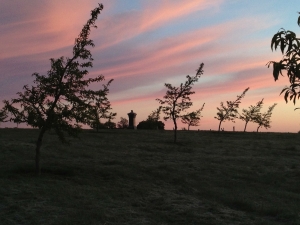



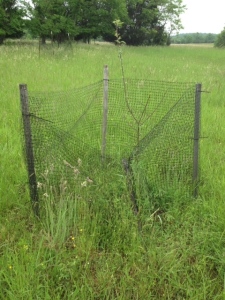

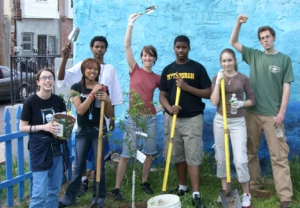
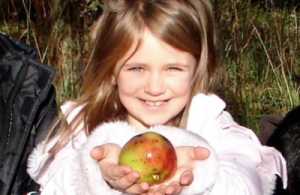


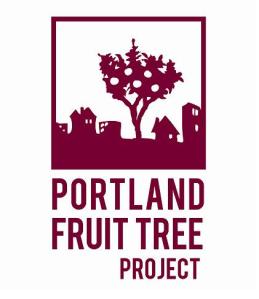

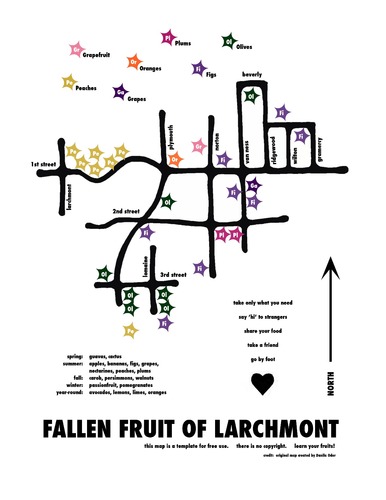
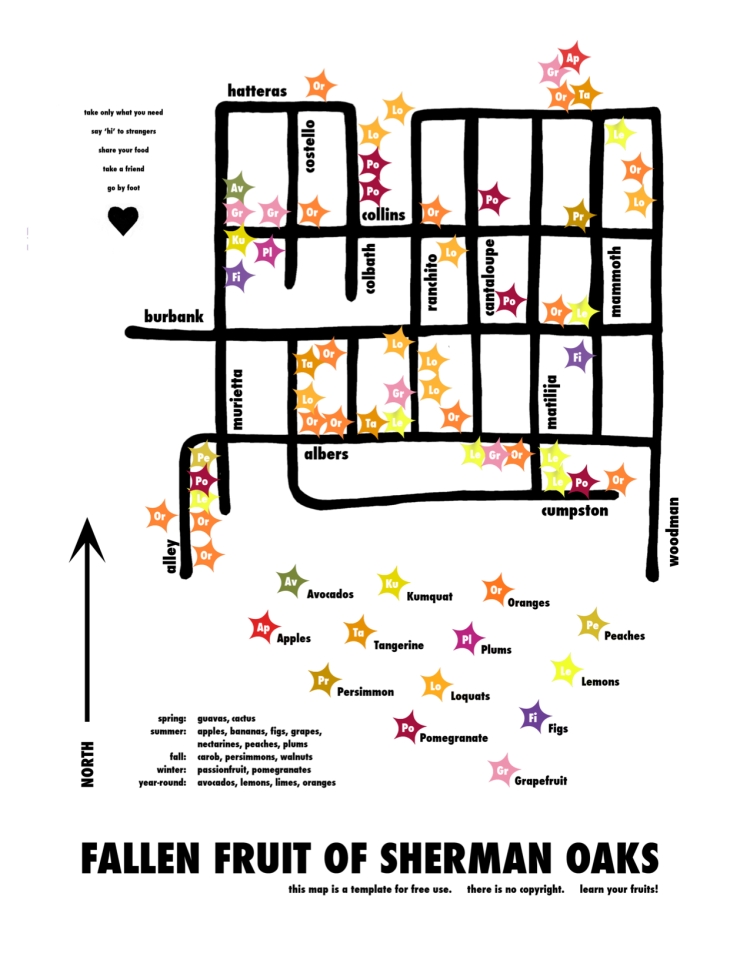
You must be logged in to post a comment.